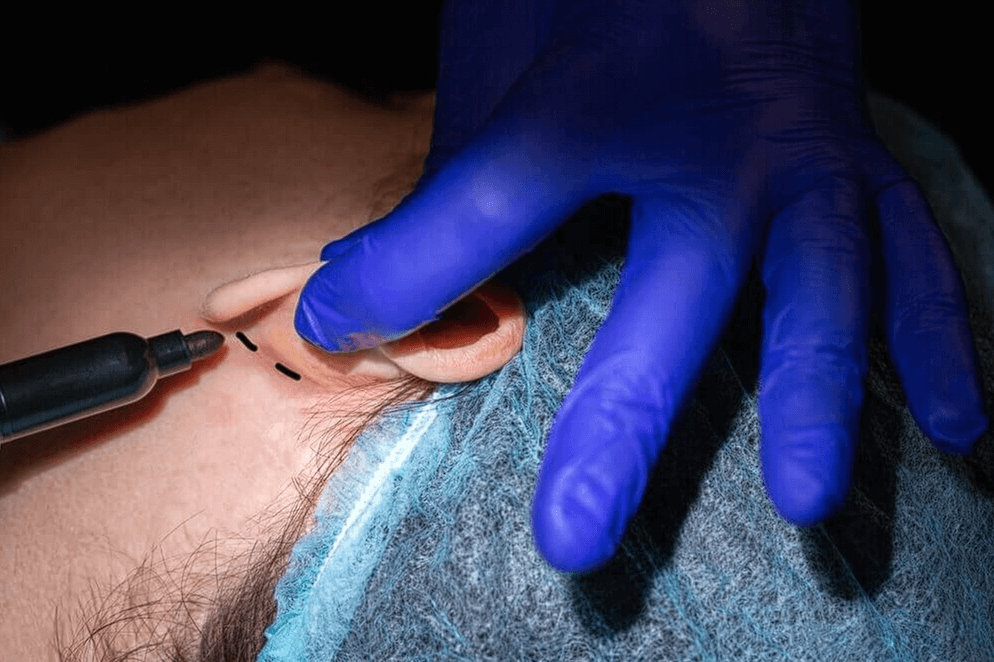The Badge Clinic is a renowned destination for cosmetic surgery in Turkey. With our expertise and experience in the field, we are proud to offer high-quality otoplasty procedures, also known as ear pinning surgery. If you’re looking to enhance the appearance of your ears and boost your confidence, otoplasty in Turkey is the perfect solution.
We’ll get back to you within one business day (via e-mail & WhatsApp)
One significant advantage of otoplasty is the improvement in self-confidence. The procedure corrects ear deformities, bringing them into better harmony with the face, resulting in increased self-esteem and confidence.
Our experienced surgeons will work closely with you to understand your goals and tailor the otoplasty in Turkey procedure to meet your unique needs.




When it comes to ear pinning in Turkey, Badge Clinic stands out for several reasons. Our clinic offers a unique set of advantages that make us the ideal choice for your procedure.
One of our key strengths is our team of highly skilled surgeons who specialize in otoplasty procedures. With years of experience, they possess the knowledge and expertise needed to deliver outstanding outcomes. You can trust that your Turkey ear pinning surgery will be performed with the utmost precision and care.
We understand that every patient is unique, which is why we emphasize a personalized approach to our practice and offer everything from chin surgery in turkey to calf augmentation.
At Badge Clinic, we offer comprehensive otoplasty consultations to provide you with all the information you need to make an informed decision. During your consultation, our expert surgeon will:
Our goal is to ensure that you have a thorough understanding of the procedure and feel comfortable and confident in your decision to proceed with otoplasty in Turkey. Contact our team today to find out about our procedures or check out our Instagram to see our successful ears
urgeries, Turkey rhinoplasty procedures, and more!


Ideal candidates for ear surgery in Turkey include:
Children Who:
Teeneragers Who:
After ear surgery in Turkey, it is normal to experience some discomfort, which can be managed with prescribed pain medication. It is common to feel an itching sensation beneath the bandages. It is crucial to keep the bandages intact and avoid removing them for any reason. Removing the bandages prematurely may lead to a partial loss of correction, potentially requiring additional surgery.
Your plastic surgeon will provide you with specific instructions for post-surgical care.
After your ears have fully healed following otoplasty, you can expect to see noticeable and transformative results. The specific outcome will depend on the initial concerns and goals discussed with your surgeon.
Generally, the procedure aims to correct protruding ears, asymmetry, or other ear deformities. Once the healing process is complete, you can enjoy a more balanced and harmonious appearance of your ears in relation to your face.